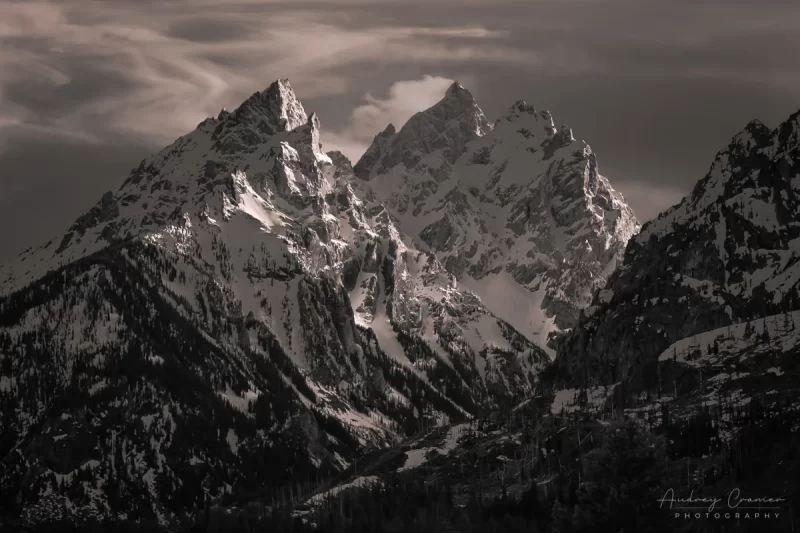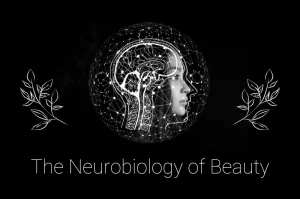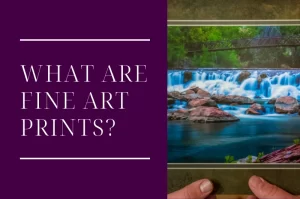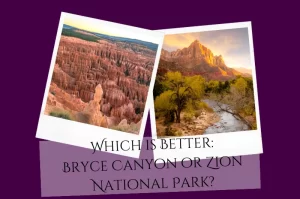There are so many different kinds of photos which are called fine art. This phenomenon might cause difficulty in understanding what the term “fine art photograph” means precisely. So many photographers out there will call practically any photo a piece of “fine art” whether it is or not. So how do you tell the difference between the truly fine art photography and the rest of the photographic world? That’s what we’re discussing today.
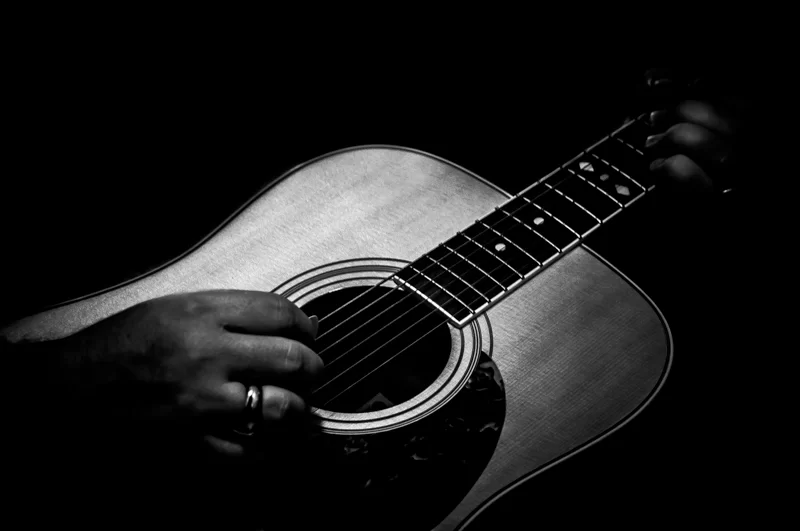
In order to understand the differences between fine art photography and regular photography, we must discuss what fine art photography is and a little bit about why people pursue this kind of work.
Definition

Art has been about expression. This is the means by which an artist expresses him or herself in a manner which the rest of the world can participate in. Photography is merely one medium through which such an artist can create or contribute. It is, perhaps, the easiest option with the lowest barrier of entry out there of the arts.
Fine art has a very abstract definition that is very subjective in nature. It may best be described as an aesthetically appealing or imaginative composition which inspires higher thought and often requires a high degree of skill in order to create.
Since everyone has their own ideas about what constitutes “aesthetically appealing” or “imaginative,” even in photography, I cannot be more precise than this in my definition. I wish I could but art is highly subjective by nature. My definition of art may be very different from your definition of art.
Sub-Genres
Fine art photography often includes the sub-genres of landscape and nature photography, still-life photography, abstract photography, modeling photography (though often considered a genre of its own), and tilt-shift photography. Photo manipulations are also a member of this overarching genre.
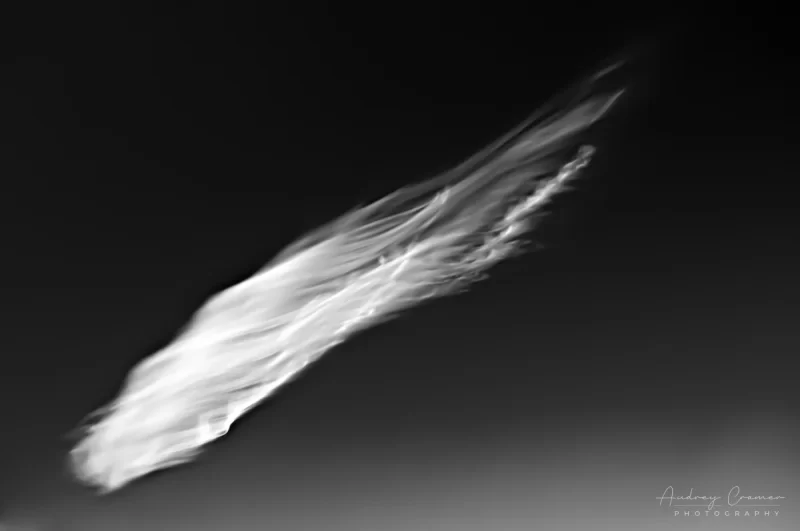
We’re still expanding and redefining the genre constantly. Because of this, we often consider it a “catch-all” term. We often lump any photography into it not fitting into any of other established photography categories such as weddings, portraits, and photojournalism.
Popularity

Fine art photography is a very popular genre of photography both with photographers and with the public as a whole. In fact, a simple internet search for “fine art photographer” yields almost 37 million hits in about half a second. Not all of these are actual photographer websites but most feature fine art photography in some form.
Many people like having a photographic work of art to display on the wall. It is because of this that many an aspiring photographer has taken up their camera in the name of fine art and started clicking the shutter. Some of these people produce fine art work and some do not. This does not change how the photos are marketed.
Some of the most common pictures shared on social media sources which utilize images are fine art photos. People are drawn to them and love to share them with family and friends in the form of shared images and memes. Such fine art photos are inspirational and thought-provoking.
Fine art photography is so popular that most people buy fine art photos every year. They may not recognize that they are doing so as they are buying illustrated calendars, but they are still buying fine art photography. They even get to change out the fine art photography on the wall once a month so there is a wide variety of such photography displayed.
Purpose
Fine art photography, just as all other kinds of professional photography, seeks to evoke a feeling or emotion in the viewer. This is the purpose of all kinds of art and most kinds of photography.
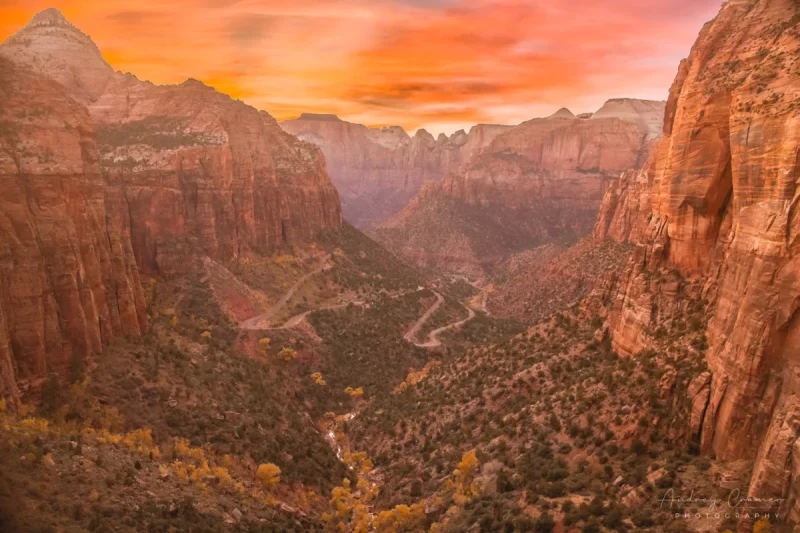
Wedding and portrait photography seek to recapture the emotions and feelings of a particular memory or experience in the past. Fine art photography can connect with the viewer this way but does not seek out a specific time and place.
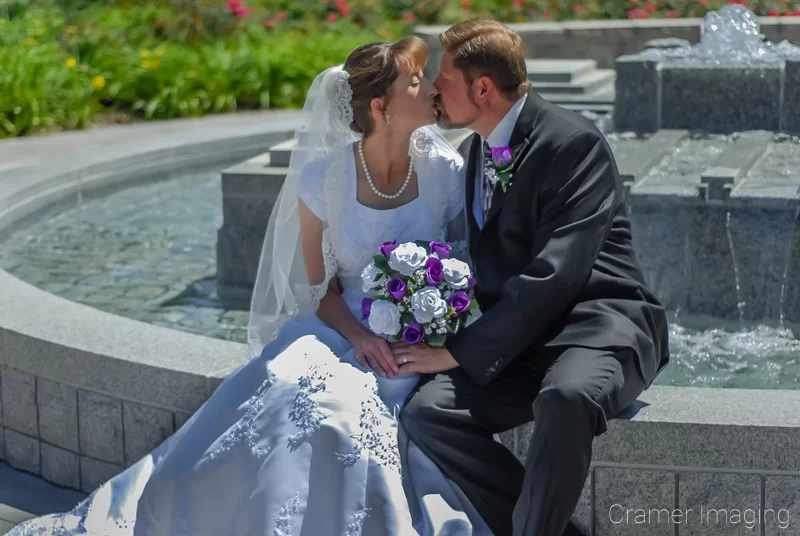
Unlike many other kinds of commonly consumed photography, fine art photography does not attempt to make a specific connection with a point in the past. It may connect in with memories from different times and places with people. The meaning and significance will be different to each and every person because of his or her unique experiences in life.
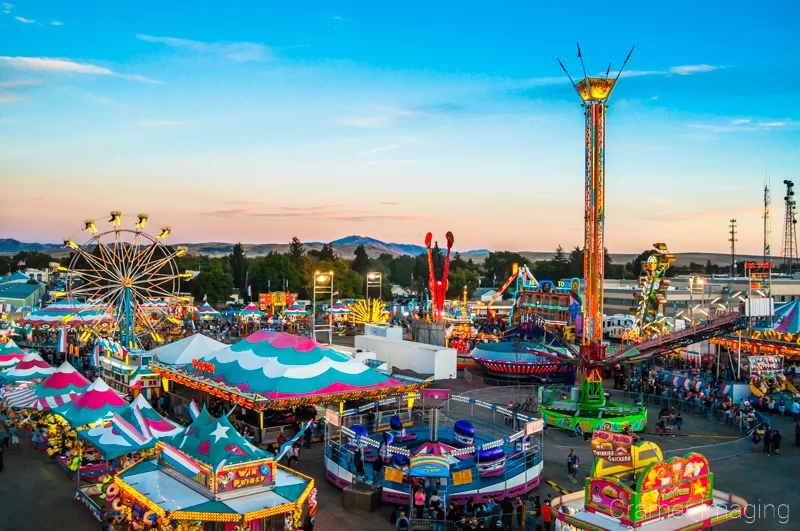
Uses
Fine art photography is created to be displayed as any other fine art work is. You may hang it on walls, publish it in books, display it as computer wallpaper and screensavers, print it in calendars, even add it to mugs. The list of uses is still growing. We use it for visual edification and the enjoyment of all who behold it.

Discerning Your Tastes
Deciding or being able to tell what is truly fine art and what is not is a difficult question to answer. There are a few objective criteria to judge by. Firstly, look at whether or not beauty (or inspiration to higher thought) is included. Second, check whether or not the piece evokes an emotion in you (positive or negative). Also look at the degree of skill used in the creation of the artwork.
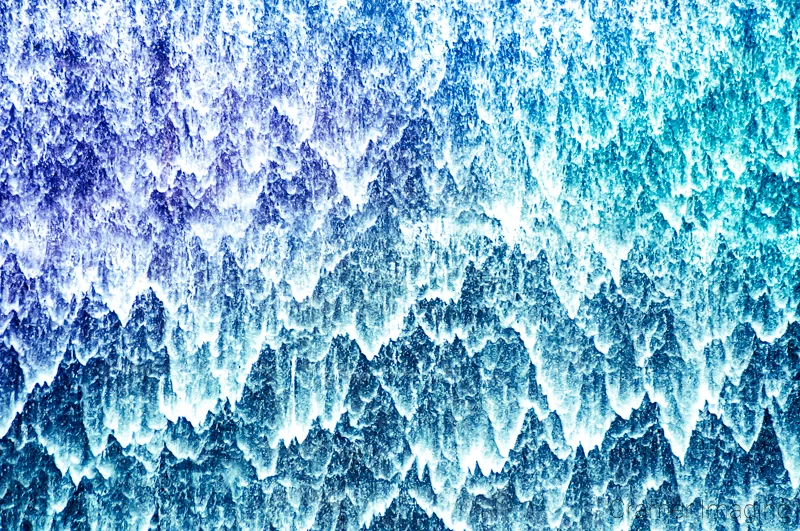
My Personal Taste as an Example
My personal tastes for fine art run more towards the classical artists like Ansel Adams and similar. Individuals like Annie Lebowitz aren’t in my personal tastes though I can still appreciate the skill involved in their photography. Your tastes may run that direction or in a totally different direction. Though I don’t always care for their work, the photographers listed, and many more, meet the objective criteria I have set forth.
A Thought Experiment: Are Instagrammed Images Fine Art?
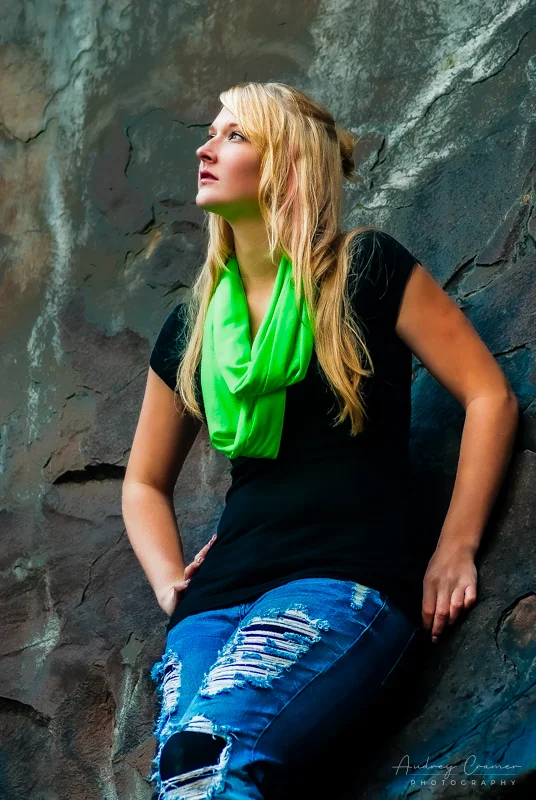
How to discern what is not fine art is more difficult. In fact, one may say that a fine art piece must meet one or more of the judging criteria to earn the title of fine art. The problem with this standard is that everyone has different definitions. Take, for example, the currently popular movement of the Instagram filter. To some, that is fine art. To others, it’s not.
Thanks to smartphones and tablets, everyone now has access to a camera and photo editing software in their pockets. Many people started taking pictures of any and everything, slapping on an Instagram filter for quick editing, and posting the picture to the internet with hashtags for audiences wanting to see fine art.
Whether or not any of these Instagrammed photos inspire higher thought is a personal choice for both you and me. Personally, the majority of them do not. These pictures often do evoke an emotion but it may simply be an emotion of dislike, disgust, and/or revulsion. Not often do these photos evoke positive emotions in you and me as the viewers.
There is little to no skill involved creating in these pictures. The filters are all presets and the photographer merely chooses one in a few seconds before posting.
For me, Instagram filtered photos are not fine art. You may judge for yourself whether or not this is fine art for you.
Conclusion
Fine art photography is mostly about personal tastes. Is there photograph which you find inspiring, beautiful, or thought provoking? Likely this is fine art photography for you. Enjoy the quality workmanship which has gone into creating this unique visual display.
If you would like to purchase some of the beautiful fine art photographs which you see depicted here for a special place on your wall, simply follow this link to our online store and order your copies today.

